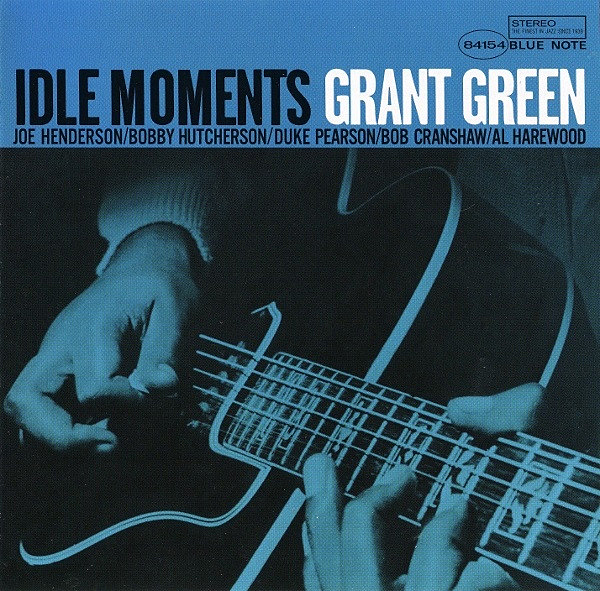| Columns Retired Columns & Blogs |
Interesting results John and thanks for Footnote 2.
Curious if over the years you have an idea of how this IDAT filter routing works in the modern DACs. Given the age of the technology (since 1993), if it's similar in implementation, it likely isn't anything complex.
I wonder based on these measurements if all it is is a detection of when you're just sending the DAC a single sine tone like the 19kHz, 1kHz, and 50Hz 0dBFS measurements. It then implements a steep FIR in order to achieve that -120dB image suppression as shown in the 19kHz graph.
Anything else more complex like the 19+20kHz CCIF (Figure 12, which is still very much "continuous") will just be treated with what basically looks like a straight forward linear interpolation resampler.
Related to this is the question of the latency between switching filters. Most of the time it must be just using the linear interpolation. And on the occasional time when it detects a constant tone, it then switches to the steep FIR filter. I wonder how many cycles it takes to detect and switch!? Would be very interesting to know within a piece of music just how frequently this filter switching takes place (if even ever in real music!).














































